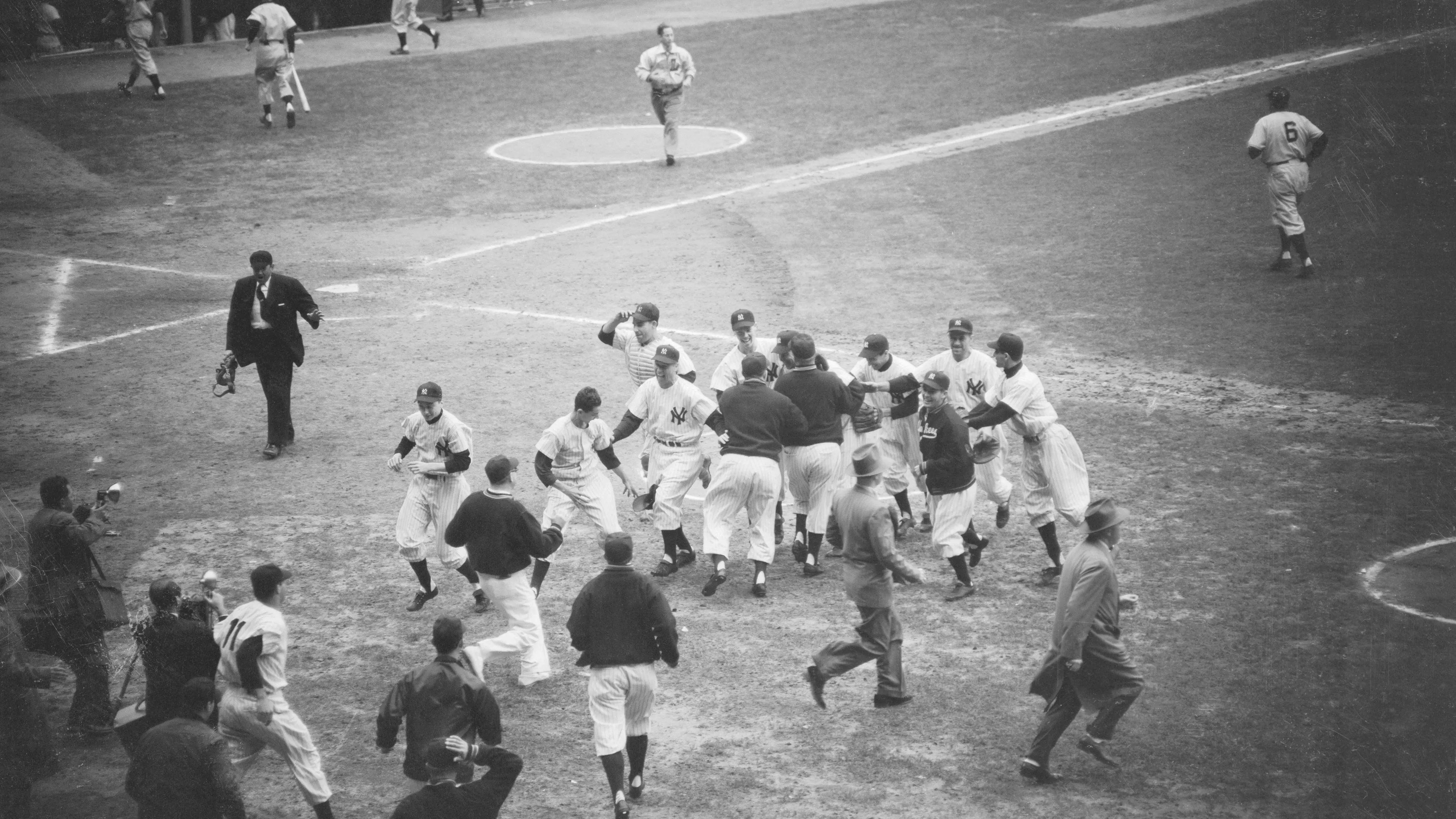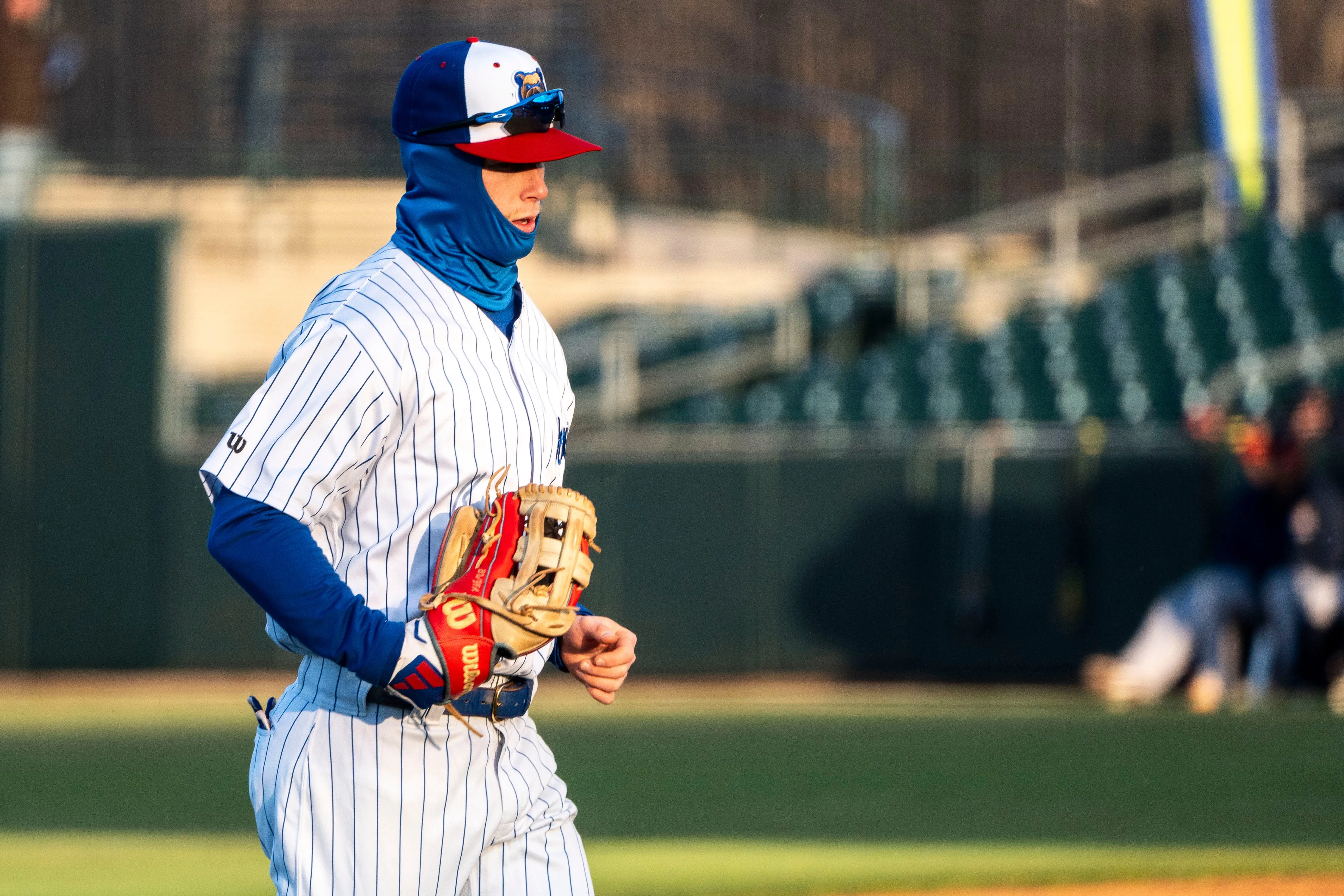Sure, the Cubs had done their background checks and recognized the raw potential, but they never thought they would have a Jake Arrieta Pilates Room in a state-of-the-art Wrigley Field clubhouse.
“Exactly,” general manager Jed Hoyer said with a laugh over the phone on Friday afternoon. “This incredible focus, incredible dedication, he’s a joy to be around. We had good reports, but he’s exceeded everything.”
The night before at Great American Ball Park, Arrieta had thrown the 15th no-hitter in franchise history, less than eight months after he had thrown the 14th no-hitter in franchise history.
But where that Dodger Stadium performance felt like Arrieta’s burst onto the national scene – complete with a mustache-covered onesie – Thursday’s 16-0 win over the Cincinnati Reds simply played like Jake Being Jake.
And while last August this felt like a young group that might wilt down the stretch or fold under pressure or whatever 1908-inspired cliché you want to use, the 2016 Cubs are a swaggering uber-team with a plus-60 run differential that suggests their best-in-baseball record should be 14-2 instead of 12-4.
The stunning transformation doesn’t happen without Arrieta, making July 2, 2013 a pivotal date for the Theo Epstein administration. That’s when the Cubs packaged rental pitcher Scott Feldman and reserve catcher Steve Clevenger in a trade with the Baltimore Orioles for setup guy Pedro Strop, some bonus-pool money for international signings and a Triple-A Norfolk pitcher.
“We had scouted Jake extensively,” Hoyer said. “We had done a lot of makeup work on him. We did the same thing on Strop. At that time, we just needed to get power arms onto our team.
MLB
“Arrieta’s a perfect change-of-scenery guy. Strop had a really good year in 2012 during their playoff run – and he was scuffling – so it seemed like a good guy to take a chance on.
“But, yeah, when you make a deal like that, you’re hoping this guy becomes a regular contributor. Hopefully, he can hold down a rotation spot and really help us. You’re certainly not thinking a guy’s going to win 17 straight starts.
“What he’s done is obviously exceptional.”
The Cubs have a solid working relationship with Arrieta’s agent, Scott Boras, who also represents the left side of the infield for both of those no-hitters – shortstop Addison Russell and third baseman Kris Bryant.
The Cubs also relied on special assistant Kyle Evans, who had pitched in the Cleveland Indians farm system with Jeremy Guthrie, who played with Arrieta in Baltimore, vouched for his character and gave some insight into the situation with the Orioles.
As much as the Cubs believed Arrieta would be a good person to bet on, Hoyer still admitted “that’s probably the area that we were the most off.”
“We loved his talent,” Hoyer said. “We knew we had to harness it. But with the makeup part, while we had very good reports, he’s actually been exceptional. That’s probably the area where we had no idea he was this great a competitor, this great a teammate, this dedicated to his craft.
“Some of those things have maybe improved since he’s been with us. But certainly we had no idea he was going to be this kind of person and player for the Cubs.”
The Cubs still have the strong pitching infrastructure that allowed them to rebuild Feldman’s value on a one-year, $6 million contract and sell high after 15 starts (7-6, 3.46 ERA). Beyond allowing Arrieta to simply be himself and forget about Baltimore’s cookie-cutter approach to mechanics, the game-planning system helped create a Cy Young Award winner.
Working with coaches Chris Bosio, Mike Borzello and Lester Strode, Arrieta is now 40-13 with a 2.17 ERA through 71 starts in a Cubs uniform…after putting up a 5.46 ERA in almost 360 innings for the Orioles.
“He just has more poise, maturity as a pitcher,” said second baseman Ben Zobrist, who faced Arrieta in the American League East while playing for Joe Maddon’s Tampa Bay Rays. “You could see back then that he had a lot of talent, but it was raw when I first saw him in Baltimore. You can see he’s much more of a polished product now.
“He’s got pretty good self-awareness on the mound of what he’s trying to do. Back then he struggled with throwing strikes. He struggled with controlling stuff.
“His stuff was always good. When he kept it in the zone, he was tough to hit. But he had a tough time keeping it in the zone. Now he’s throwing a lot more strikes and he knows himself better. He’s obviously figured it out.”
But the Cubs were in a position to allow Arrieta to figure it out, waiting for their competitive window to open while the Orioles were coming off a 93-win season in 2012 and would win 96 games in 2014. As much as the franchise’s financial restrictions influenced The Plan, the Cubs also benefitted from not going halfway in this rebuild.
“We had been talking to Baltimore for a few weeks actually about that deal,” Hoyer said. “They needed starting pitching and they wanted to move. We had the advantage of being really one of the few teams that was willing to do it.
“There are always a lot of teams that are sellers, but a lot of times those sellers don’t want to wave that white flag that early in the summer.”
“We were,” Hoyer said with another laugh. “That was an advantage for us – that we didn’t have a lot of competition from other sellers at that moment in time.”
The Cubs could also “jump the market” because Buck Showalter – who has an outsized influence over player personnel for a modern manager – had known Feldman from their time together in the Texas Rangers organization and wanted immediate help for the Orioles rotation.
Leaving Baltimore would help turn Arrieta into arguably the best pitcher on the planet.
“He deserves it,” said Anthony Rizzo, the first baseman during both of Arrieta’s no-hitters. “He deserves everything he gets, because he works for it. He pushes me. He pushes other guys to work harder and get better and challenge ourselves.”


